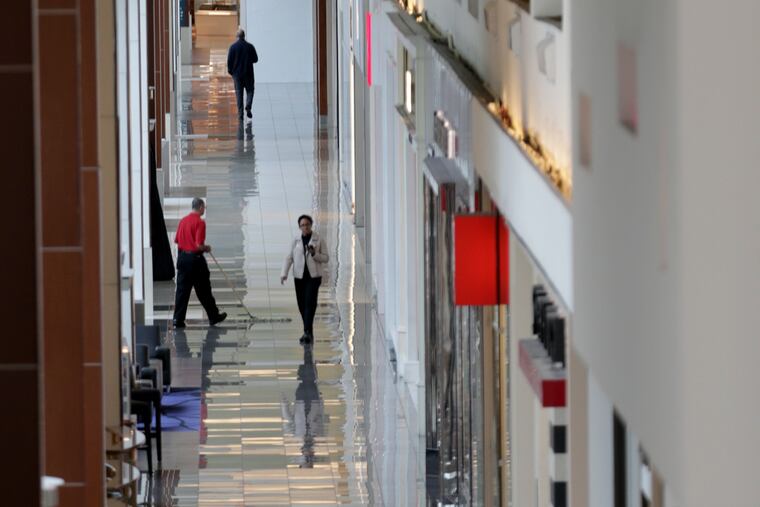Our new ‘new normal’ with coronavirus | Editorial
The human toll of the coronavirus and its devastation of systems, institutions, and economies will demand another reset of what “normal” means.

"We are experiencing not merely another turn of the business cycle, but a restructuring of the economic order. For some organizations, near-term survival is the only agenda item. Others are peering through the fog of uncertainty, thinking about how to position themselves once the crisis has passed and things return to normal. The question is, ‘What will normal look like?’”
Grappling to find words to describe the shock and awe of the global pandemic, we found these from Ian Davis of McKinsey & Co. striking — especially because they were written 11 years ago.
They were written after the global financial crisis of 2008 that sparked the Great Recession. The speed of that crash was so shocking, so displacing, that the term “new normal” emerged, describing the aftermath of someone pushing a reset button on the world.
The human toll of the coronavirus and its devastation of systems, institutions, and economies will demand another reset of what “normal” means. Are we at the beginning of this reset or the end? Are we still living in the old normal or the new?
Some leaders have tried to grasp onto the old order for too long. President Donald Trump spent weeks offering mixed messages, inaction, and denial and remains in the old normal. Mayor Jim Kenney started out insisting that the economy was more important than people’s lives. Eventually, he followed other leaders like Gov. Tom Wolf, who acted decisively and called for major shutdowns in order to flatten the curve of exposures and outbreak. The governors of New York, New Jersey, and Connecticut understood from the beginning that this virus transcends borders and coordinated the three states’ social distancing recommendations.
The looming questions — How long? How many? How bad? — are still unknowns, which makes this present reality that much harder. The loss of people’s lives hurts. The loss of our elaborate structure and routine of daily life hurts. The loss of certainty hurts.
Because of the scope of those losses, the impact of the coronavirus will potentially be longer lasting than the 2008 recession and 9/11, two of the most recent times of strife in America.
And yet, there is good reason to evoke those earlier crises: As a society, we survived them. We adapted to the new normal. We are, after all, adaptable creatures.
Another difference with this crisis is that we all have a direct part to play in making sure it doesn’t get worse, by limiting social contact, staying home, and complying with shutdowns and recommendations.
Less explicitly, and no less urgently, we are also being called on to do something we know how to do: solve problems. The astonishing level of problems and needs that this pandemic has created will require new solutions, new ways of thinking and of delivering vital services — especially to the most vulnerable among us.
Our government must marshal resources and direct appropriate responses, especially in ramping up production of test kits and equipment. But creative, ingenious, human-centered solutions to the problems created by the pandemic will be the scaffolding surrounding the new normal. That is a job we know how to do and must begin tackling now.